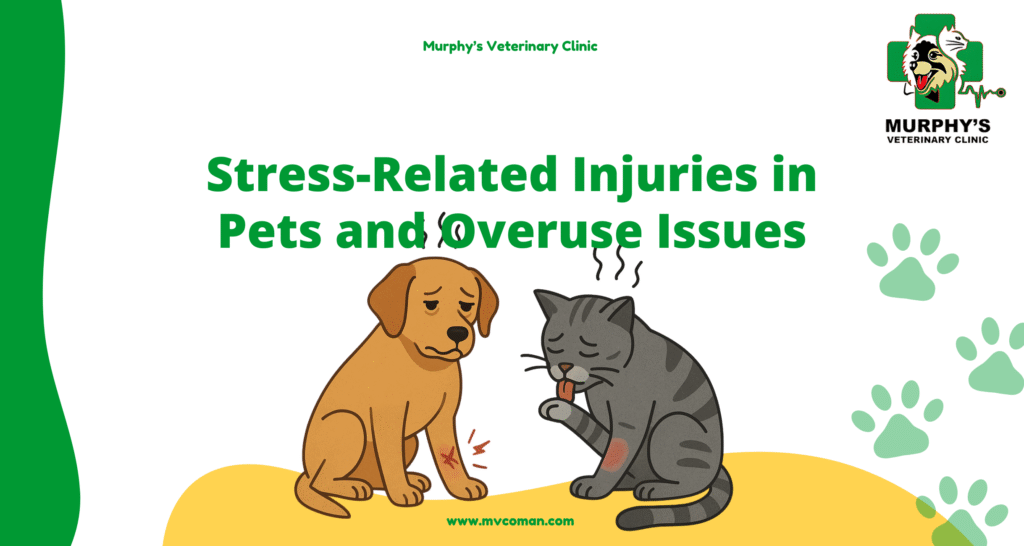Behavior & Training, Diseases & Treatments, Health & General Care
Stress-Related Injuries in Pets and Overuse Issues
Stress-Related Injuries and Overuse in Pets represent a significant concern in veterinary medicine, impacting the quality of life and overall health of companion animals. Many pets develop musculoskeletal injuries due to excessive physical activity, poor environmental conditions, or psychological stress, leading to damage in muscles, tendons, and joints. Early recognition and management of these conditions are critical to preventing chronic disability and improving outcomes. This article discusses common causes, clinical manifestations, diagnostic approaches, and treatment modalities for stress-related musculoskeletal injuries in pets. It highlights the importance of tailored prevention strategies, especially for highly active animals such as working dogs and performance animals. Furthermore, it addresses environmental and nutritional factors that influence recovery and long-term health. Owners and veterinarians alike must be vigilant in identifying early signs and implementing effective management plans. By understanding Stress-Related Injuries and Overuse in Pets, we can ensure better welfare and longevity for our companion animals.
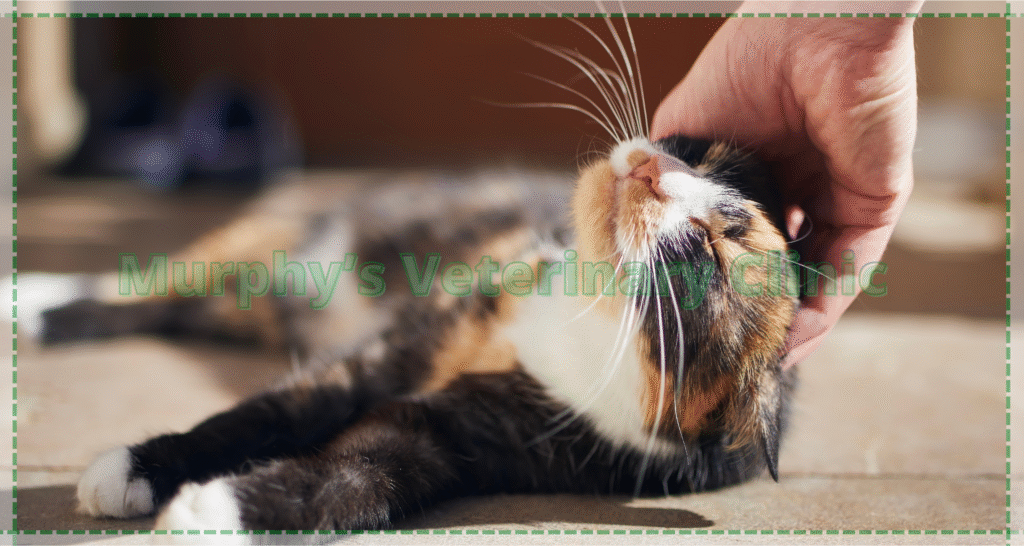
Stress-Related Injuries and Overuse in Pets: Causes and Risk Factors
Stress-Related Injuries in Pets often arise from multiple interacting risk factors. Identifying these factors is essential for effective prevention, early detection, and proper management of health outcomes in companion animals. When stress combines with overuse, pets may experience both physical and psychological strain that reduces their overall well-being. By understanding the underlying causes, owners and caregivers can take proactive steps to reduce risks, improve quality of life, and promote healthier living conditions for their pets.
- Excessive physical exertion
- Inadequate environmental conditions
- Psychological stress and anxiety
- Nutritional deficiencies
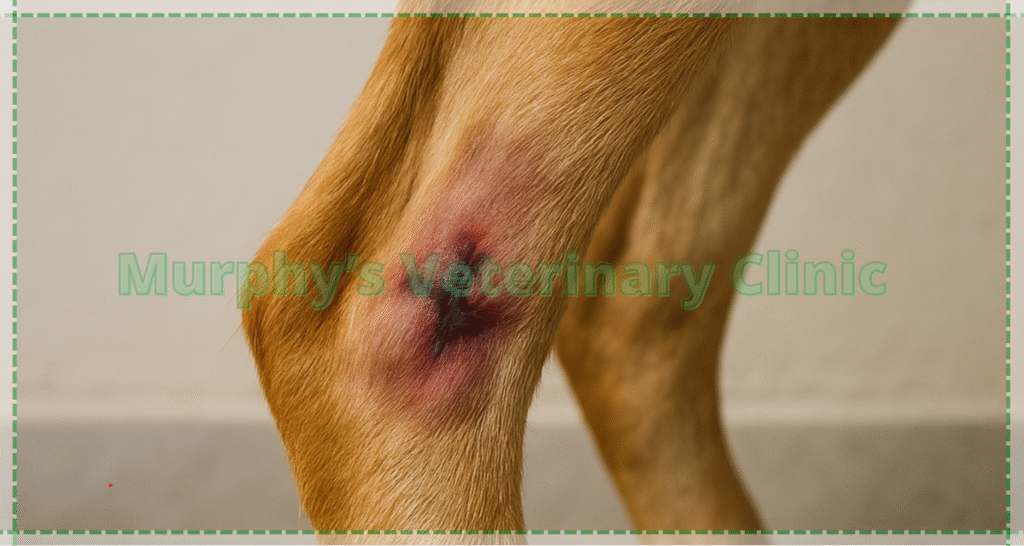
Types of Stress-Related Injuries and Overuse
Stress-Related Injuries in Pets manifest in various forms involving muscles, tendons, joints, and nerves.
Muscular injuries typically result from strain and overuse causing muscle fiber microtears or contusions. Tendinopathies involve inflammation or partial tearing of tendons due to repetitive stress. Joint damage, including osteoarthritis and synovitis, results from prolonged overload and biomechanical imbalances. Neuropathies can occur secondary to chronic compression or injury of peripheral nerves, leading to altered gait or sensory deficits. Prompt veterinary evaluation including physical examination and diagnostic imaging such as radiography or MRI aids in accurate diagnosis.
- Muscle strain and contusions
- Tendinopathies and tendon tears
- Joint inflammation and osteoarthritis
- Peripheral neuropathies
- Soft tissue and skin injuries

Diagnosis and Clinical Signs
Timely diagnosis of Stress-Related Injuries in Pets is critical to prevent progression and facilitate effective treatment.
Clinical signs include lameness, localized pain on palpation, swelling, reduced range of motion, and behavioral changes such as reluctance to exercise or vocalization. Diagnostic tools include orthopedic examination, gait analysis, and advanced imaging modalities like ultrasound and MRI. Functional tests assessing joint stability and muscle strength also support clinical evaluation. Differentiating acute from chronic injuries informs the therapeutic approach.
- Lameness and abnormal gait
- Localized pain and tenderness
- Swelling and inflammation
- Reduced activity levels
- Behavioral changes and irritability
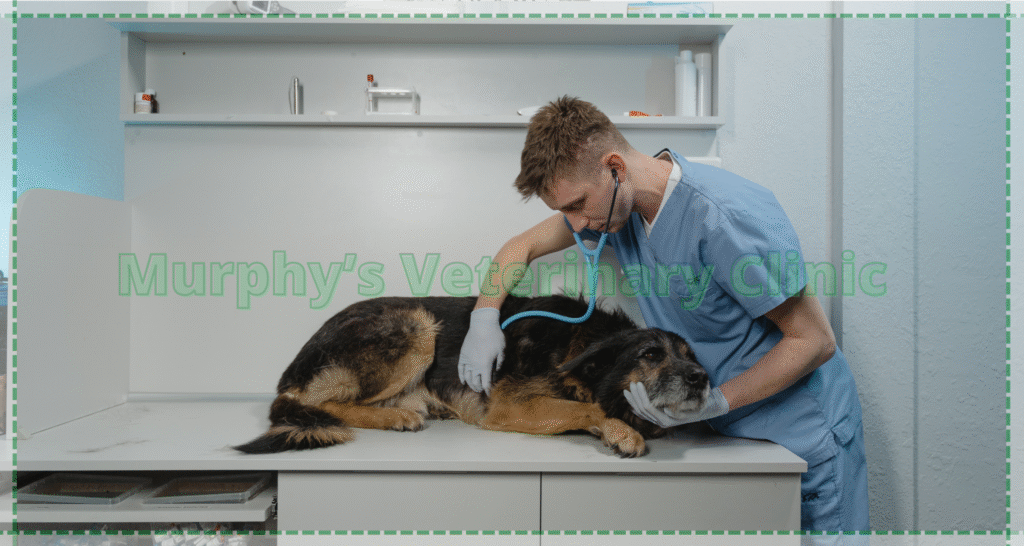
Treatment and Management
Effective management of Stress-Related Injuries in Pets requires a multimodal approach incorporating medical therapy and rehabilitation.
Initial treatment typically includes rest and activity restriction to minimize further tissue damage. Non-steroidal anti-inflammatory drugs (NSAIDs) are commonly prescribed to alleviate pain and inflammation. Physical rehabilitation such as physiotherapy, hydrotherapy, and therapeutic massage promotes tissue healing and functional recovery. Nutritional support with supplements like omega-3 fatty acids and glucosamine may enhance joint and soft tissue repair. Severe cases might necessitate surgical intervention. Ongoing monitoring and owner education are crucial to reduce recurrence.
| Treatment Modality | Indication | Duration | Potential Side Effects |
| Rest | Tissue recovery | 2 to 4 weeks | Muscle atrophy |
| NSAIDs | Pain and inflammation | 1 to 3 weeks | Gastrointestinal upset |
| Physiotherapy | Functional improvement | Weeks to months | Minimal |
| Surgery | Severe or refractory injuries | Variable | Infection, anesthesia risks |
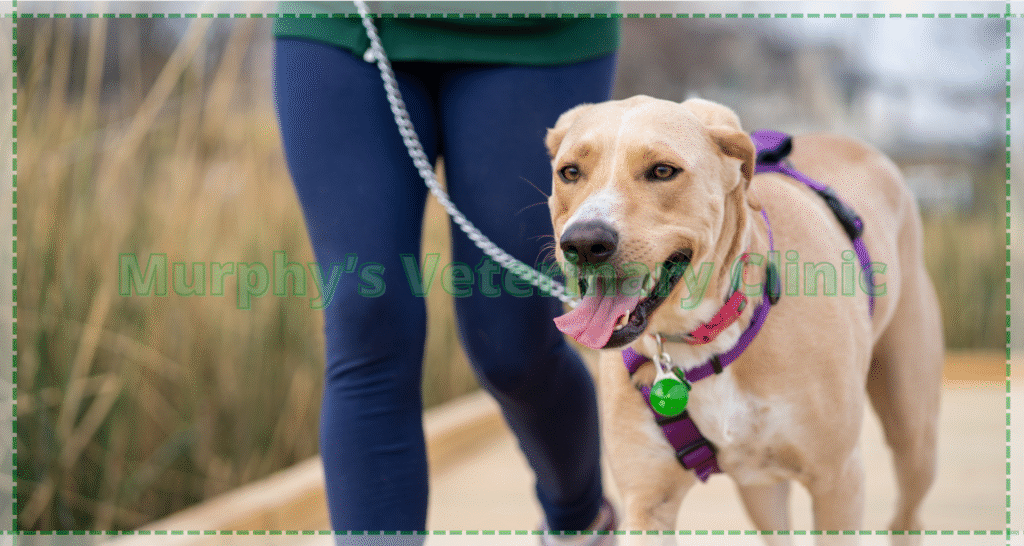
Prevention
Prevention is paramount in minimizing the incidence of Stress-Related Injuries and maintaining their overall health.
Key strategies include tailoring exercise intensity and duration to the animal’s breed, age, and physical condition. Providing a safe and supportive environment reduces the risk of accidental injury. Managing psychological stress through positive interaction and enrichment is equally important. Balanced nutrition supports musculoskeletal health. Routine veterinary check-ups facilitate early detection and intervention. Use of protective gear like paw pads or joint braces may be appropriate for some active pets.
| Preventive Strategy | Benefits | Application | Limitations | Cost |
| Customized exercise | Reduces musculoskeletal stress | Working/performance pets | Requires planning | Low |
| Environmental safety | Prevents physical injuries | All pets | May require modifications | Moderate |
| Stress management | Improves mental health | Anxious pets | Dependent on owner involvement | Low |
| Nutritional support | Enhances tissue repair | All pets | Needs veterinary guidance | Moderate |
| Routine veterinary care | Early injury detection | All pets | Time and financial commitment | Moderate |
Conclusion
Stress-Related Injuries and Overuse in Pets constitute a significant challenge affecting their mobility, comfort, and lifespan. Understanding the etiological factors, clinical manifestations, and diagnostic procedures enables timely intervention and effective treatment. Prevention through tailored exercise, proper nutrition, stress management, and environmental optimization remains the cornerstone of maintaining musculoskeletal health. A multidisciplinary approach combining medical therapy and rehabilitation maximizes recovery prospects. Educating pet owners on recognizing early signs and adhering to veterinary recommendations is essential. Continuous monitoring reduces the risk of recurrence and chronic complications. Collaboration between veterinarians and pet owners ensures the best outcomes for animals affected by stress-related injuries and overuse. Ultimately, prioritizing prevention improves not only the health but also the quality of life for companion animals.
Murphy’s Veterinary Clinic offers specialized services in diagnosing and treating Stress-Related Injuries in Pets. Equipped with advanced diagnostic imaging and rehabilitation facilities, the clinic provides comprehensive medical and physical therapy tailored to each patient. Expert nutrition counseling and behavioral consultations assist in stress reduction and injury prevention. The clinic also runs owner education programs to enhance awareness and promote proactive care. By integrating cutting-edge veterinary science with personalized treatment plans, Murphy’s Veterinary Clinic ensures optimal support for pets suffering from stress-related musculoskeletal conditions.


